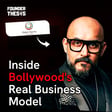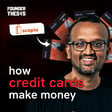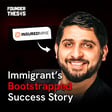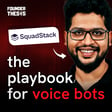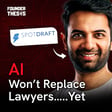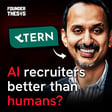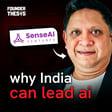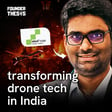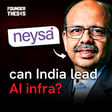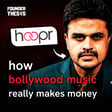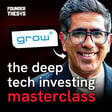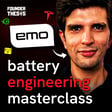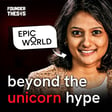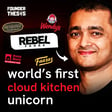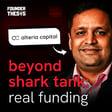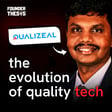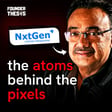
The last great battle for serving offline ads | Sandeep Bomireddi @ Adonmo
It’s no secret that the business model of the internet is basically advertising. Think about what you spend time doing online - there’s a high chance that 80% of the time you are viewing ads.
And you might think that the business of serving ads to consumers is done and dusted, but there are still opportunities for startups to win ad dollars away from the googles and the Metas of the world, and one such startup is Adonmo.
Adonmo started life as a company converting cabs into ad spaces by installing screens on them. And this was a smart move if you think about it - the offline advertising market is the last great untapped opportunity, and cabs are the perfect way to run hyperlocal ads that dynamically change based on location and time of day.
But life had different plans for this young startup, and they went through multiple near-death experiences before finally emerging as a dominant offline hyperlocal ads platform that has raised more than 40 million dollars from the likes of Zomato and others.
Listen to the rollercoaster story of Adonmo’s journey straight from its amazing founder Sandeep Bommireddi in this episode of the Founder Thesis podcast, with your host Akshay Datt.


